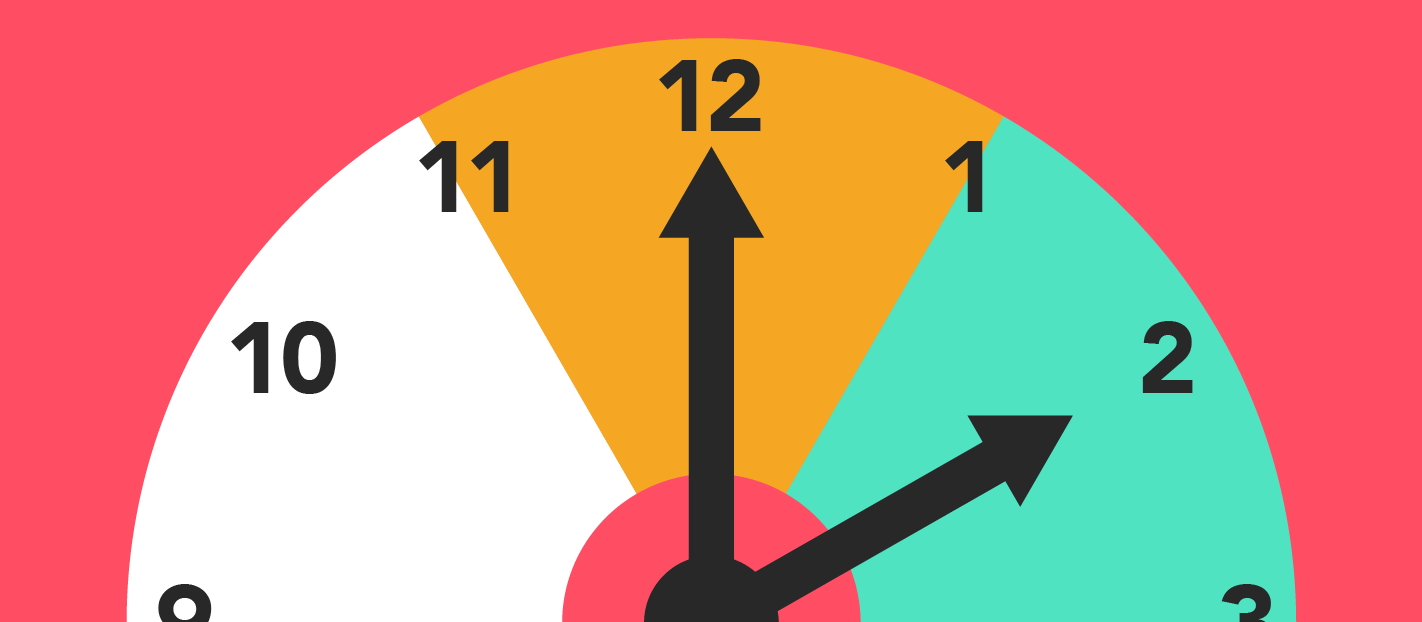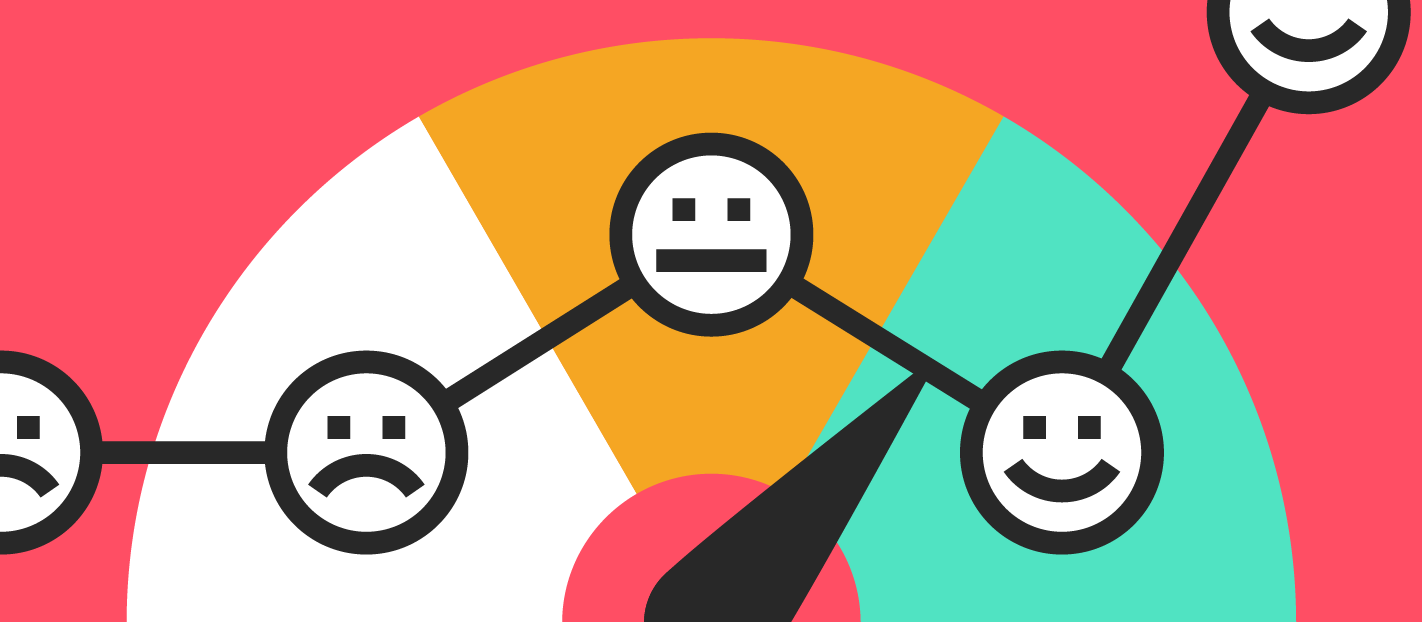Measuring Weekly Active Users is an important element of understanding the value your customers are getting from your product, tracking how engaged they are, and predicting future behaviour.
The more we can learn about our customers’ real-life behaviour, the better we can be at providing a highly valuable experience for them, meaning they stick around for longer, are more engaged, and help grow our businesses!
If you want to get ahead with a fast-track course on Customer Engagement, we’ve got you covered. Learn how to map the customer journey, define and measure your customer’s engagement, and turn averagely-engaged users into highly-engaged customers.

What is ‘Weekly Active Users’?
Weekly Active Users (WAUs) is a way to track who is using your product on a weekly basis. This could be them logging in or performing a specific action.
Weekly Active Users is one way to understand how engaged your customers are. If someone regularly logs in and uses your product, it’s a good indicator that they are an engaged customer.
Businesses might call this a Health Score or Customer Engagement Score.
For certain types of products, knowing that your customers are logging in weekly isn’t enough. In these cases, you’d use Daily Active Users (DAUs) instead.

How to calculate a Weekly Active User
Unless you have a very small number of users and a very manual analytics set-up – you’re going to need a tool to do this.
We specialise in measuring and improving Customer Engagement all under one roof, but there are plenty of other tools out there that you can combine to get a similar effect.
Make sure the tool you choose has:
- Customisable Event tracking so that you can choose exactly what counts as a WAU. It might not be enough that they are logging in.
- Easy to read and share analytics.
- The ability to group and segment customers based on their activity. You’ll want to start putting this data and knowledge to use!
Now to get going, you need to decide when you consider a user ‘Active’. To keep it simple you can say that a customer logging into their account or app means they are Active. But this might not be the most effective way to use this metric.
Your business goals will help you to define what you consider as an Active User. For example, are you trying to encourage message sending? Posting in a community forum? Inputting information?
Make sure that you have the same definitions of ‘active’ and ‘engaged’ customers across the company. Things can get tricky when you aren’t all on the same page.
These types of actions would be better to track because they’ll give you a depth of insight that ‘logging in’ can’t. If you are switching from a basic ‘logged in’ definition of WAU towards something more specific, expect your numbers to decrease when you make the switch.

What is a Customer Engagement Score?
A Customer Engagement Score is a method to understand, track, and predict the behaviour of your customers.
You’ll want to bring in data from a bunch of different places to get the most accurate picture you can.
We include:
- Email open rate
- Number of emails sent to the customer per week / per month
- Click-through rate on campaigns and emails
- Customer Interview done within last 6 months
- Responded to a feedback request
- The customer got in touch via Live Chat
- Customer payment method is up to date
- The customer upgraded or renewed in the last 3 months
- Customer NPS or CSAT scores
- Customer’s recent engagement on the platform
There are some tools, like GoSquared, where you can pool all of this information in one platform. Or you can combine your favourite tools to get a similar result.
Once you’ve clearly defined what constitutes your Customer Engagement score, and the whole team agrees, make sure that the most up to date information about your Customer Engagement Score is available throughout the business.
Done right, every team should be able to use this score to inform their strategy and day-to-day work.

When is Weekly Active Users the right metric for your product?
If you are in the B2B space, then WAU is probably the right cadence of interaction to be tracking.
The more accurate and annoying answer is: it depends.
It depends on the type of product you sell, the problem you are solving, the type of customers you have, and that’s not anywhere near a complete list!
This is the time to get close to your customer research and really understand how you solve your customers’ problems. For example, if you’re helping customers spend less time doing an activity and making it so they only need to check in once a month, then tracking behaviour week by week isn’t going to work for you.
If you provide timesheet tracking or a daily check-in or productivity tool, your ideal time for activity might be daily.
Of course, you shouldn’t rely wholly on your Active User score to determine who is engaged and at low risk of churn. Many factors go into an overall Customer Engagement Score to give you a rounded view.

How can you encourage people to become Weekly Active Users?
Build education into your product
Often, your customers aren’t not using your product enough because they don’t like it, but rather because they don’t understand how to use it and all the benefits they could be getting from it.
When you can identify these customers who aren’t as engaged as you’d like them to be, you can funnel them into an in-app education flow. Our advice is to think Problem-First, not feature first, and customise the educational experience by the problem the customer is trying to solve (just ask them!) rather than by the new feature you want to show off.
A lightweight (but not necessarily less effective!) version of this is to set up an automated education email sequence. Use a Custom Form to segment customers by the problem they are trying to solve.
Upgrade your onboarding flow
The best time to encourage customers to be highly engaged is within the first hours and days they become customers!
Your onboarding process is a crucial step in your Customer Engagement strategy. As well as in-app guidance, it’s best practice to build personalised onboarding email sequences for your customers that help them figure out the best way to get value from your product.
At the end of it, it’s all about customer value. That’s why customers stick around. That’s why customers recommend you to others.
Ask for feedback
If nothing else is working or if you don’t know where to start, speak to your customers.
Treat these interviews as research, not as a selling exercise or opportunity. Find out the problem your customers are here to solve, how they are actually using your product, and what’s stopping them from using it more often.
Try not to ask that final question. Instead, ask what other tools they use that are similar to yours and their regularity of use. Remember that the ‘other tool’ might not be a SaaS product. It could be that they use a notebook and pen, or a spreadsheet!
Bonus: automate your customer interview requests, in-app or by email, to ensure a steady flow of feedback and customer insight.
Use Smart Groups to segment customers into cohorts so they don’t get two invites back to back.

Don’t forget the context
Your customers aren’t experiencing your product in an isolated vacuum. Every single moment they interact with your product, company, and brand is feeding into their customer experience and how engaged they are with your product.
The best thing you can do is to understand the full picture. Although that can sound daunting, it actually has the opposite effect of simplifying and connecting all the dots.
Join our next cohort in Mastering Customer Engagement Strategy to bring your team together and deliver more value to customers.

